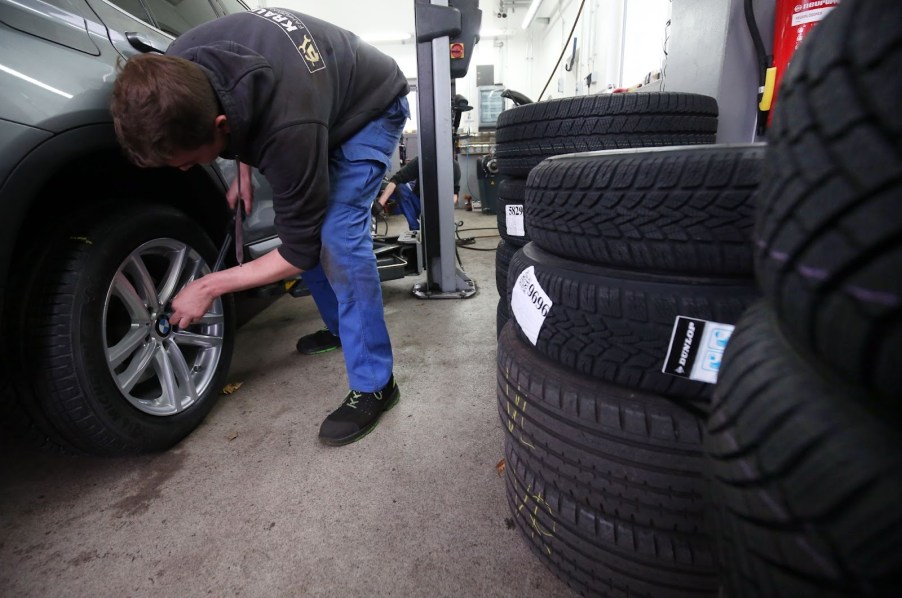
5 Essential Mechanic’s Tools to Make Your Spring DIY Car Maintenance Easier
The weather is warming up, and that means it’s time to start wrenching on those cars again. And if it’s your first spring as a DIY mechanic, you’ll likely run into some problems that don’t exist at any other time of the year. These five essential mechanic’s tools make spring car maintenance easier by helping you deal with stuck-on bolts and get everything put back together just right.
1. A breaker bar is an essential mechanic’s tool for spring maintenance

While winter may be over, its effects can be lasting when it comes to working on your cars. A breaker bar is an essential mechanic’s tool for unsticking those stubborn bolts. By adding more leverage to the problem, you can more easily break seized and rusted bolts free. A breaker bar may not be required in all situations, but when you encounter those salt-corroded bolts, you’ll be happy you have it.
2. Torque Wrench

Equally important to getting those stuck bolts out is ensuring that the new bolts go in correctly. A torque wrench is essential in any DIY mechanic’s tool box, according to Bob Vila. One, a torque wrench ensures that you have just the right amount of force applied to a fastener. Most parts on your car have specific torque figures, and they’re more than just suggestions.
Under-torque a bolt, and the new parts you’ve just installed may shift or, worse yet, fall off while driving. Over-torquing can be equally unsafe, as it may damage components or not allow for enough compliance and shorten the life of your new parts.
3. PB Blaster isn’t a tool, but it is essential for rusted bolts

Alright, this isn’t technically a tool. But before you apply a breaker bar to a stuck-on bolt, use some PB Blaster to help remedy the situation. This solution works its way into the threads of rusted-on bolts to help break them free from the inside out. Combine this with the breaker bar above and you’ll be much less likely to break the head off of that stubborn fastener.
4. Rubber mallet
No, this isn’t a Jeremy Clarkson reference. But sometimes, the best tool to have is just a plain-old hammer. Of course, a steel hammer will do quite a bit of damage to just about anything on your vehicle. However, a rubber mallet can make a great substitute.
Percussive maintenance is one of the most satisfying parts of working on your car. For whatever reason, there is nothing quite like whacking a brake disc that has rusted itself to the wheel hub until it finally breaks free. That little hit of dopamine will make the rest of the project fly by. That is, until you land on your next rusted suspension part and need to get the breaker bar out again.
All joking aside, it’s an essential mechanic’s tool for knocking loose stuck parts without damaging critical components.
5. Jack Stands

With all of this wrenching, yanking, and banging on stuck bolts, it’s important that your car is lifted on a stable platform. Absolutely do not use a hydraulic floor jack or, even worse, your spare tire jack to do your spring car maintenance.
A good set of jack stands is a relatively cheap investment but an essential mechanic’s tool for staying safe while you work. They give your car a more stable platform, so you can work underneath the car with confidence.
Happy wrenching!
If you’re anything like us, you love getting your hands dirty and working on your car yourself. If you’re just getting started, these 5 essential tools will help your spring DIY car care projects a bit easier to handle.




